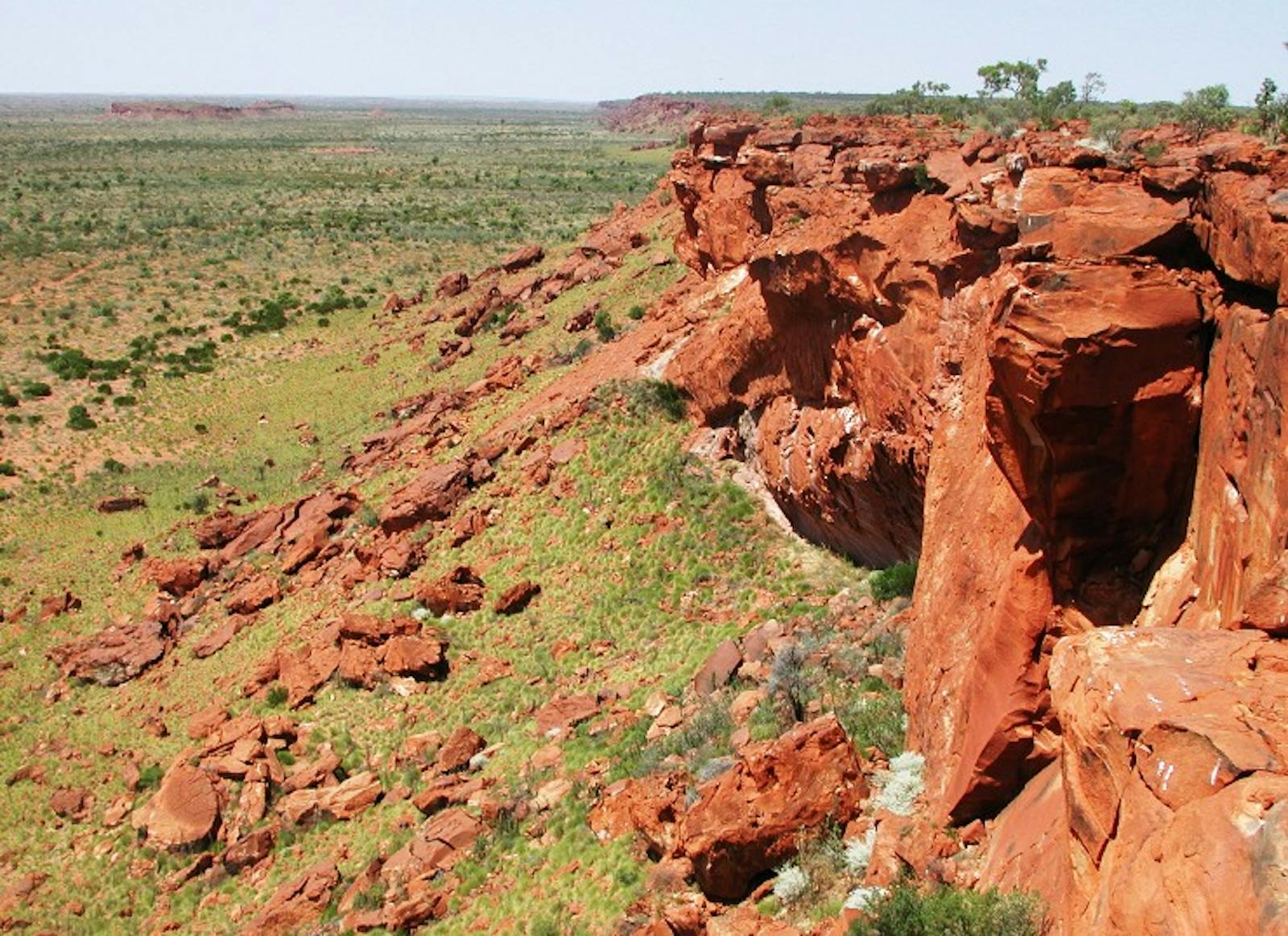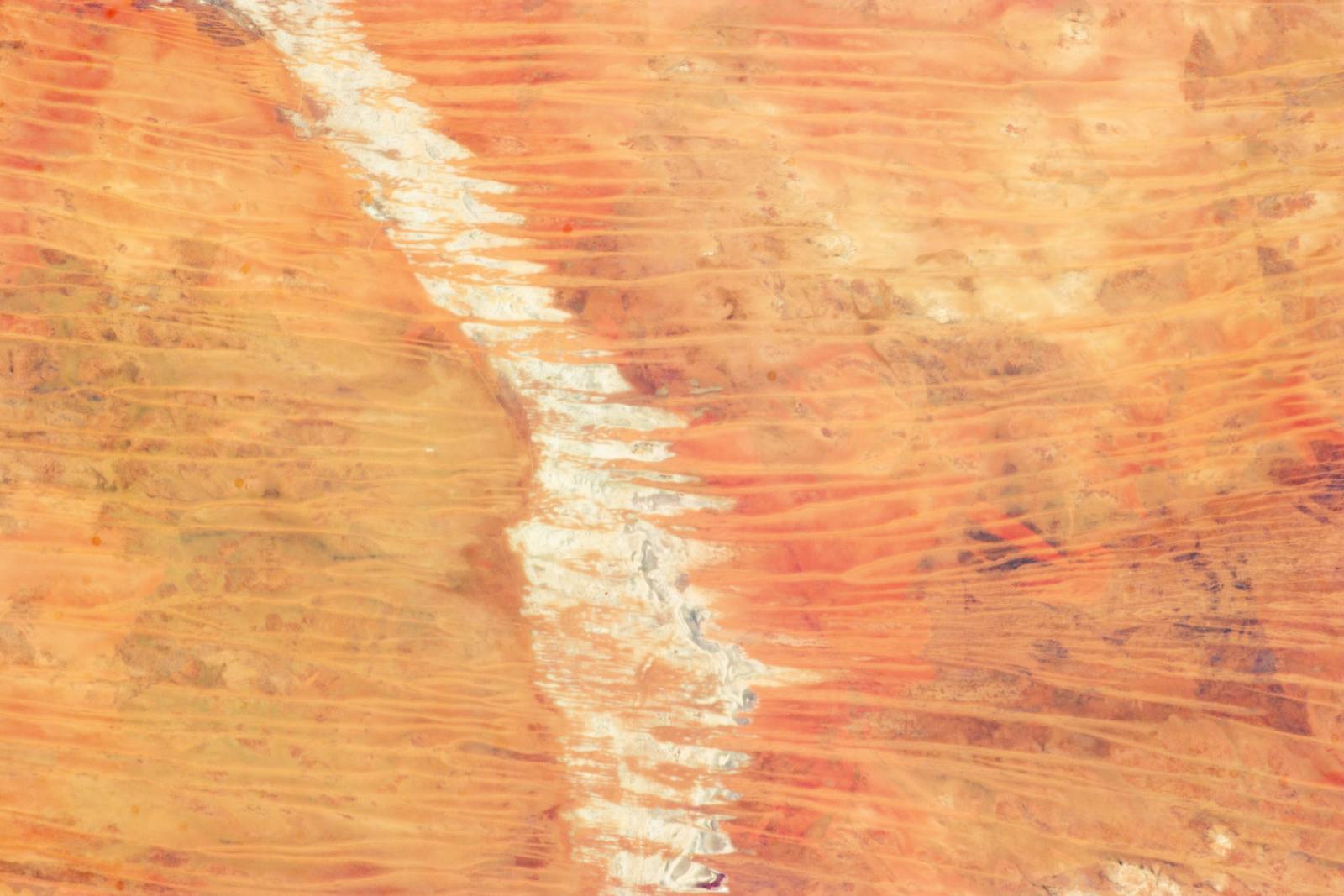Great Sandy-Tanami Desert
The ecoregion’s land area is provided in units of 1,000 hectares. The conservation target is the Global Safety Net (GSN1) area for the given ecoregion. The protection level indicates the percentage of the GSN goal that is currently protected on a scale of 0-10. N/A means data is not available at this time.
Bioregion: Greater Australian Interior Desert & Shrublands (AU7)
Realm: Australasia
Ecoregion Size (1000 ha):
82,785
Ecoregion ID:
210
Conservation Target:
97%
Protection Level:
4
States: Australia
Spinefix grasslands dominate this desert ecoregion of rocky outcrops, red plains, and red sand dunes. Here and there one finds silver cassia bushes, corkwood trees, acacias, and desert oaks. Five hundred and seventy-eight reptiles live in the Great Sandy and Tanami desert―one of the world’s richest assemblages. These include the desert cave gecko, perentie, the thorny thorny devil, the deadly desert death adder, bearded dragons, and the chubby blue-tongued skink.
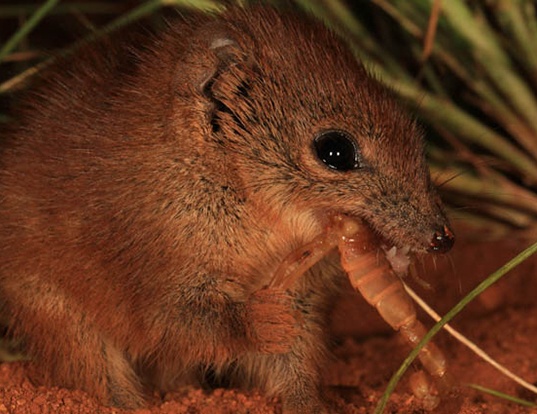
The flagship species of the Great Sandy-Tanami Desert ecoregion is the red antechinus. Image credit: Creative Commons
This expansive ecoregion encompasses the Little Sandy Desert, Great Sandy Desert, and Tanami Desert Interim Biogeographic Regionalization for Australia (IBRA) regions. These deserts interspersed with areas of wooded steppe and shrubby grassland. The climate is hot and dry. Many endemic flora and fauna is present in the ecoregion, including the little red antechinus, a short-furred, greyish, mouse-like marsupial predator.
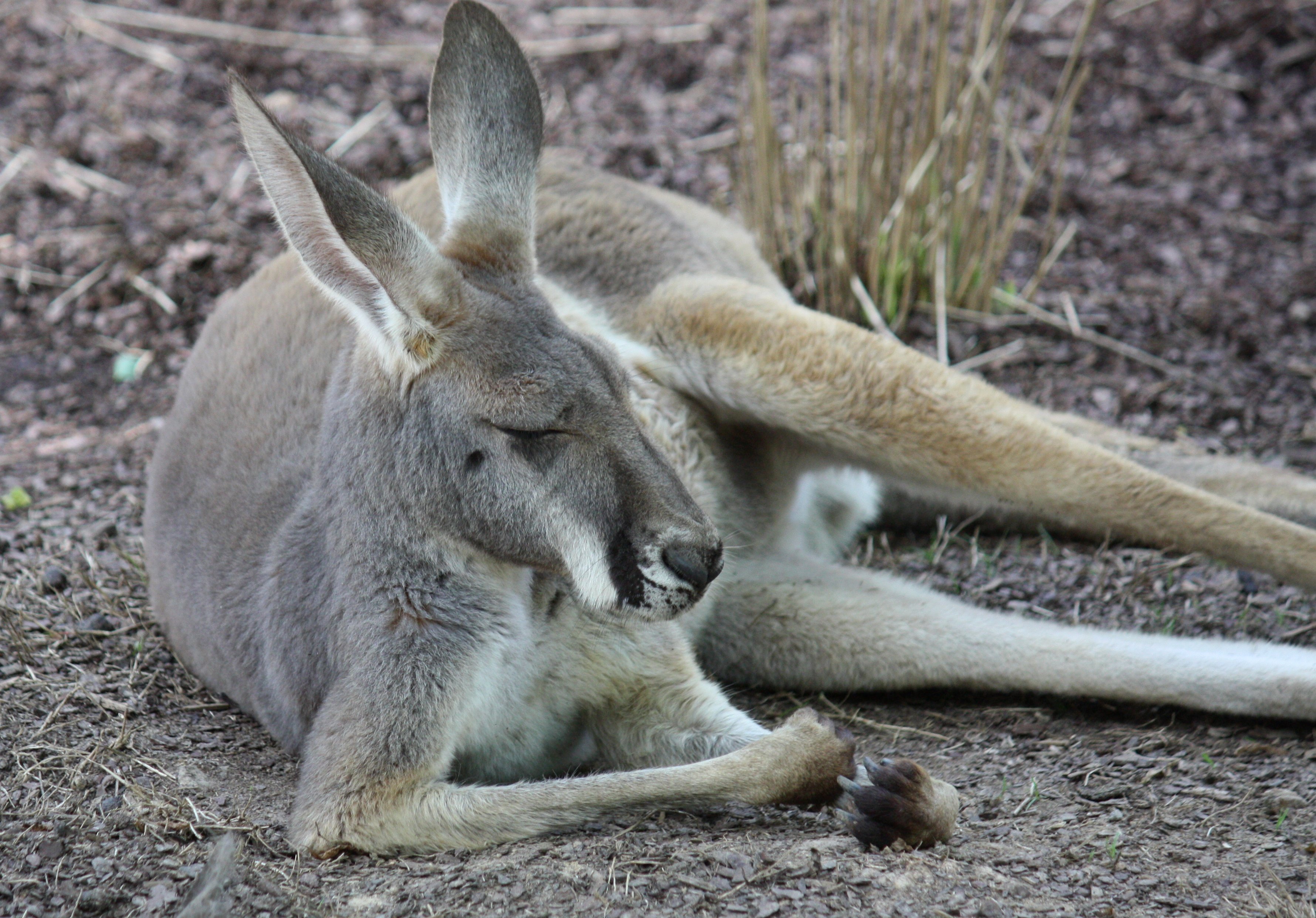
Red kangaroo. Image credit: Creative Commons
Twenty-one native mammals still occur (10 are extinct), including the red kangaroo, rufous hare-wallabies, mulgara, the greater bilby, and the extraordinary marsupial mole. The desert treefrog and Spencer’s burrowing frog are two desert-adapted amphibians. The primitive emu, Australian bustard, mulgara parrot, scarlet-chested parrot, and the Australian ringneck parrot survive in the harsh desert conditions. Large termite mounds rise out of the red soil in some places, with burrows that offer refuge from the heat and sun to many nocturnal species of wildlife. The spangled grunter fish survives dry spells in the damp mud of drying waterholes.

Dingo. Image credit: Brian Gratwicke, Creative Commons
Some of western and eastern grasslands experience grazing which damages sensitive desert grasslands and cryptogrammic soils. Some feral non-native herbivores, such as pigs, camels, rabbits, and donkeys can damage fragile waterhole and riparian vegetation throughout the desert ecoregion. Feral cats, feral pigs, and introduced foxes prey on native wildlife species. Natural bushfires have been part of the desert ecology for millennia since humans arrived in Australia, but they are becoming more frequent due to human activity and are damaging desert habitats that do not have enough time between fires to rebound.
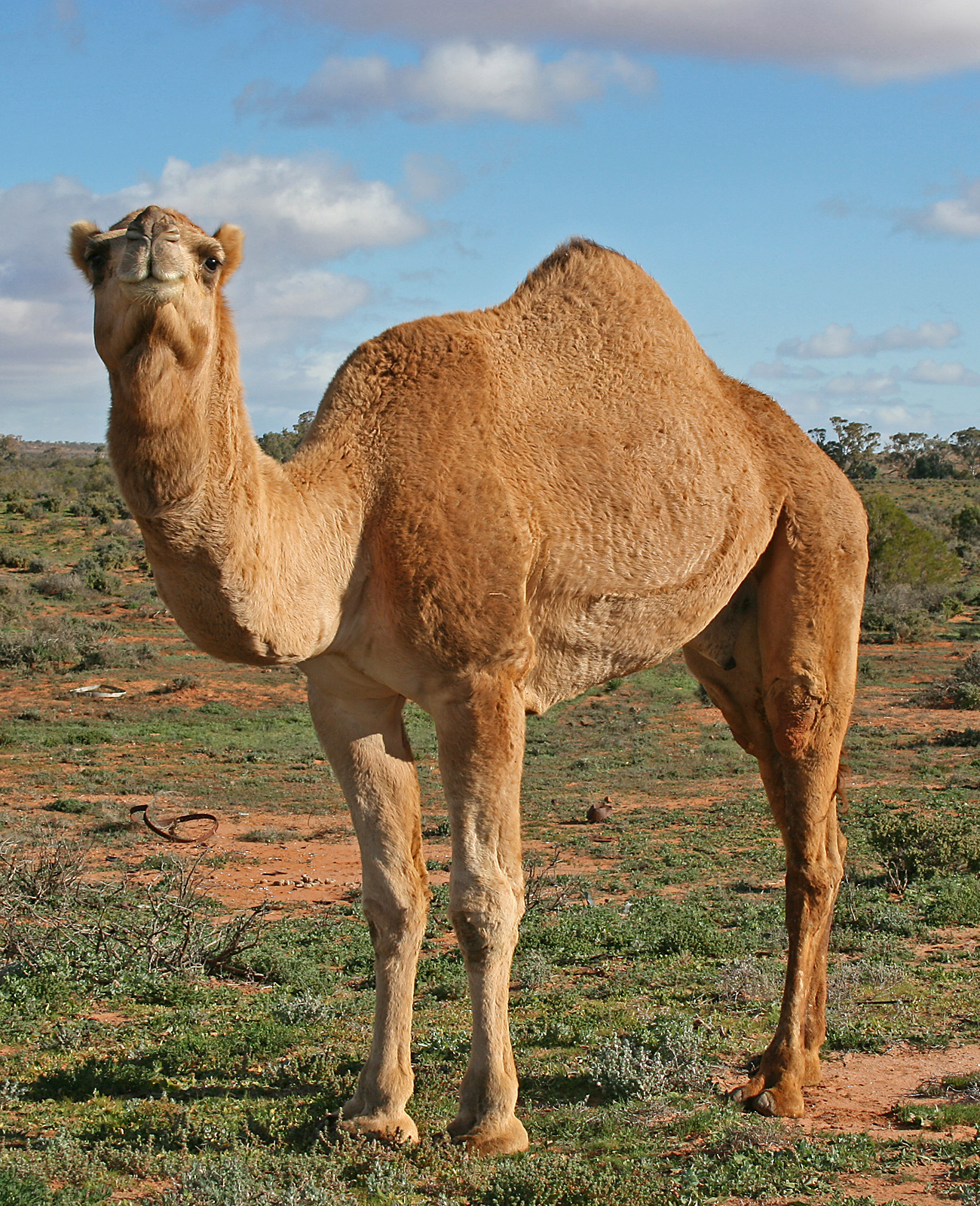
Australian feral camel. Image credit: Creative Commons
The priority conservation actions are to: 1) implement robust control of feral animals, especially camels, in and around protected areas; 2) implement effective management of fire regimes and tourism activities within protected areas, such as Karlamilyi National Park; and 3) erect fencing of priority fragile waterholes and wetlands to prevent access by feral camels, feral donkey, and livestock.
Citations
Burbidge AA, NL McKenzie (editors). 1983. Wildlife of the Great Sandy Desert, Western Australia. Western Australian Wildlife Research Centre, Dept. of Fisheries and Wildlife, Perth.
Graham G. 2001. Great Sandy Desert 1 (GSD1 – McLarty subregion). A Biodiversity Audit of Western Australia’s 53 Biogeographical Subregions in 2002.
Kendrick P. 2001. Great Sandy Desert 2 (GSD2 – Mackay subregion). A Biodiversity Audit of Western Australia’s 53 Biogeographical Subregions in 2002.
